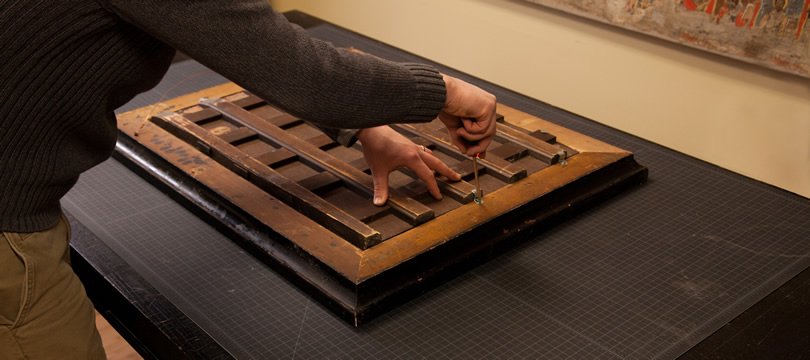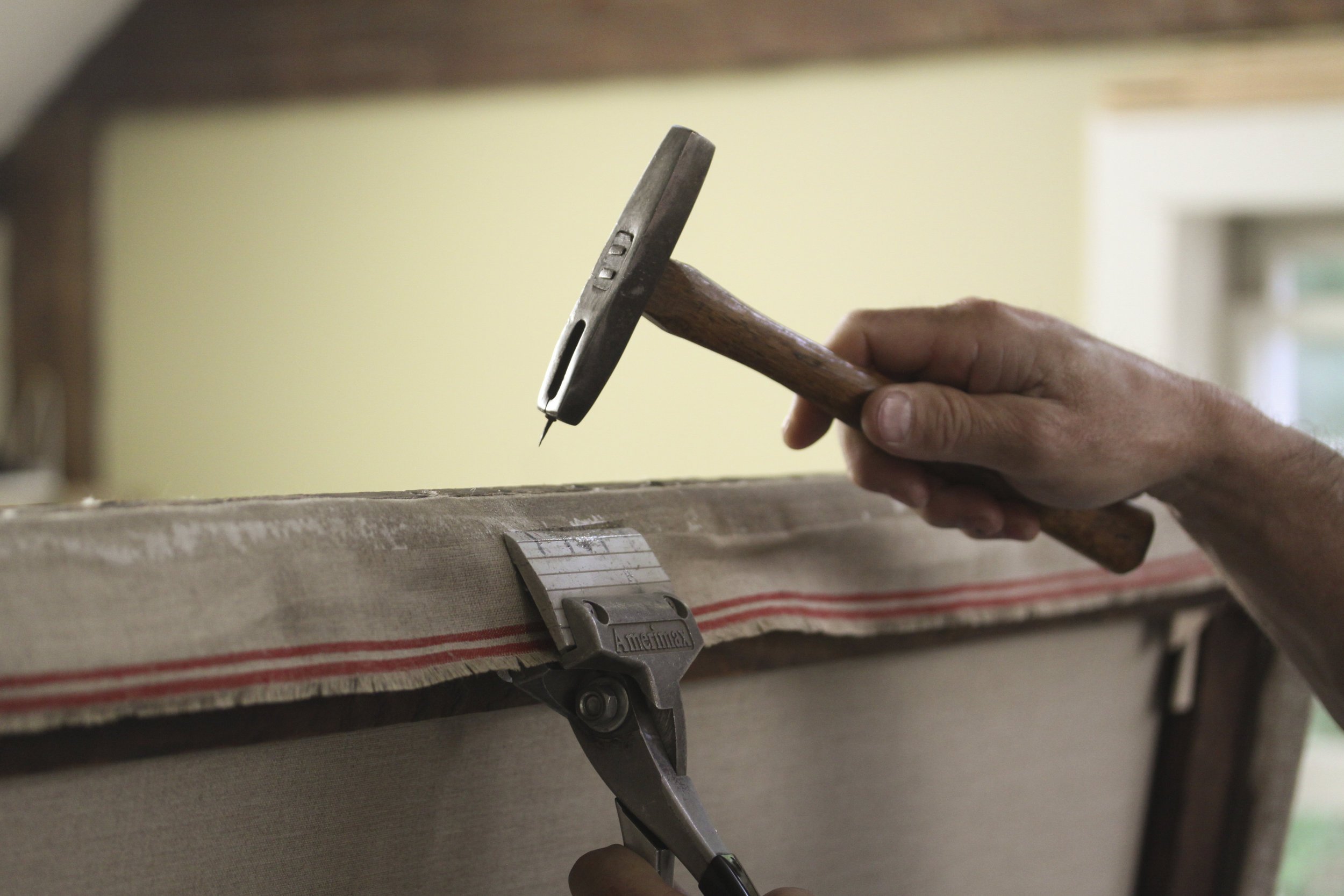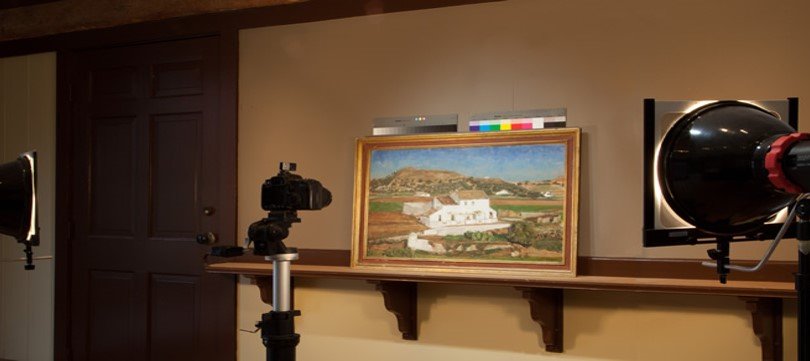Services
Conservation and Restoration
Like most artwork, oil paintings are inherently fragile and susceptible to a variety of maladies. Most paintings darken and discolor naturally over time. Many have been mishandled, mistreated, or neglected; some doomed as a result of an artist’s choice of poor materials or preparation. From minor wear to severe damage every painting requires individual attention by an experienced conservator to properly diagnose its condition and to suggest appropriate treatment options.
Art Consultation
From to the seasoned collector to those just beginning to collect, we can assist you.
We can assess the condition of a painting before you buy. Whether through a gallery, privately or at auction, knowing the condition before you buy is always a wise decision. As an added service, we can provide a detailed examination of the paintings in your collection even if they do not require conservation with condition reports and high resolution photograph backed by decades of experience. Not only can we document your collection, We can tell you more about each piece. We offer research services to help find and document your painting’s provenance and exhibition history.. We can also facilitate finding the “right” frame, appraisals services, sales advice, and private acquisitions.
Photography
Conservation necessitates thorough observation and documentation of each work before, during, and after treatment. With decades of experience we provide a detailed examination of every painting in the form of written and high resolution photographic documentation. The vast advances in digital photography have changed the we see and document paintings. Whether for an advertisement, catalogue or for your own files we can photograph your painting likely exceeding your specifications








